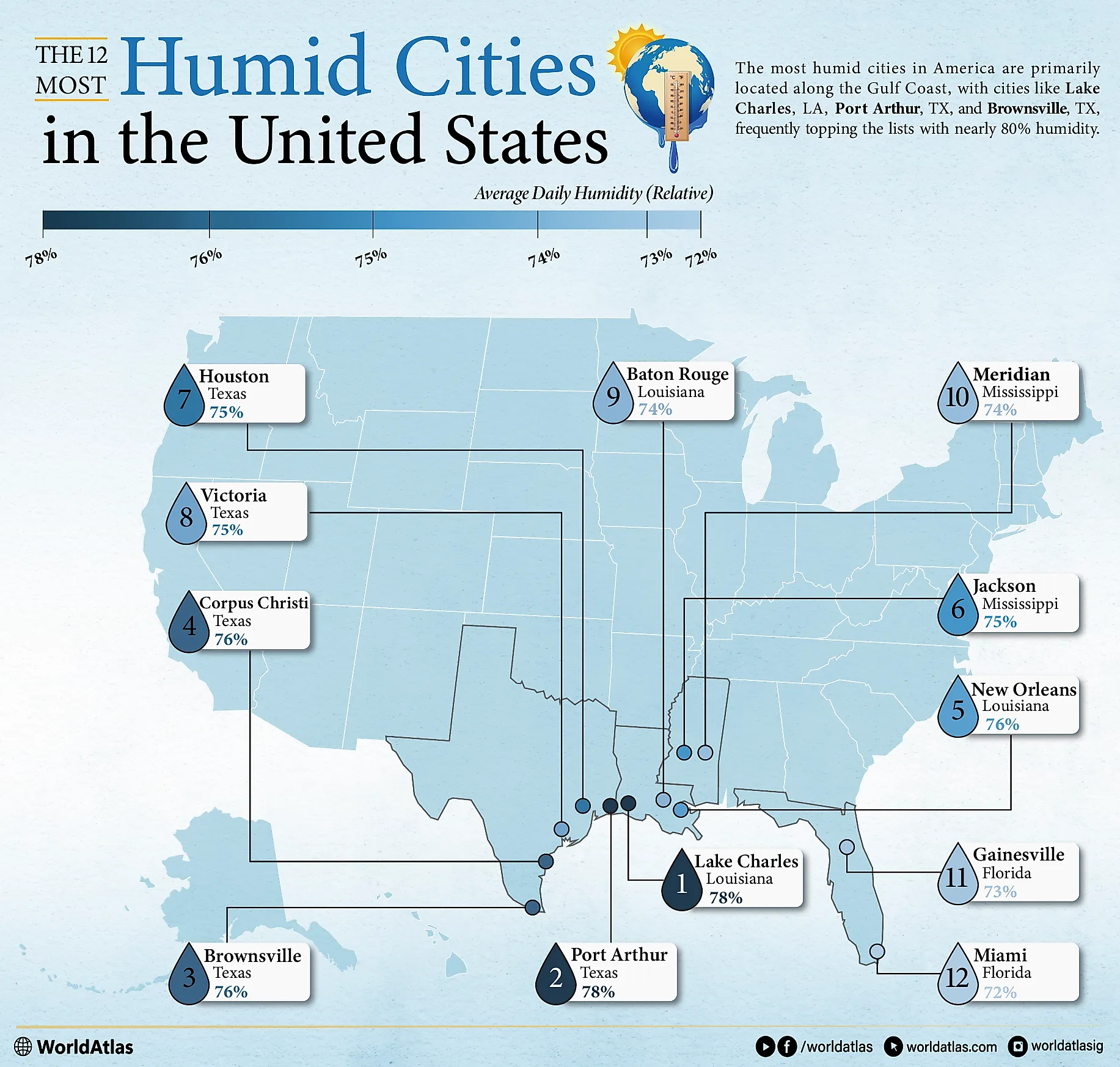
The 12 Most Humid Cities in America
Humidity describes how much water vapor is in the air. In climatology, two terms matter most: relative humidity, which measures the percentage of moisture compared to what the air can hold at a given temperature, and dew point, which shows how humid it feels. A high dew point means the air feels heavy and sticky, even if the relative humidity number looks the same as somewhere cooler. Why does humidity matter? It affects daily life in many ways. High humidity increases health risks like heat stress and dehydration.
It makes air conditioning work harder, drives up energy costs, and challenges farming and city planning. It can also damage buildings by encouraging mold and mildew growth. For this list, we looked at long-term climate records from official sources. Only incorporated cities with consistent weather data were included, not isolated desert or swamp stations. The cities in this list have a population of above 55,000, with the most populous city being Houston, Texas, at 2.3 million as of 2025.
The 12 Most Humid Cities in America
| City | Average Daily Humidity (Relative) |
|---|---|
| Lake Charles, Louisiana | 78% |
| Port Arthur, Texas | 78% |
| Brownsville, Texas | 76% |
| Corpus Christi, Texas | 76% |
| New Orleans, Louisiana | 76% |
| Jackson, Mississippi | 75% |
| Houston, Texas | 75% |
| Victoria, Texas | 75% |
| Baton Rouge, Louisiana | 74% |
| Meridian, Mississippi | 74% |
| Gainesville, Florida | 73% |
| Miami, Florida | 72% |
Lake Charles, Louisiana

Lake Charles is one of the most humid places in the United States, with an average daily humidity of 78%. The city sits near the Gulf of Mexico, surrounded by wetlands and the lake it is named after, which keep the air heavy with moisture year-round. Summers are especially sticky, as warm Gulf air combines with daily thunderstorms to increase humidity. Tropical systems and hurricanes add more water vapor to the atmosphere, creating days when the air feels almost saturated. Summer morning humidity often climbs above 90%, making even early hours feel muggy.
Jackson, Mississippi

Jackson is one of the most humid cities in the country, with a daily average humidity level of 75%. Even though it sits inland, the city is heavily influenced by warm, moist air moving up from the Gulf of Mexico. This constant flow of Gulf air keeps the atmosphere damp throughout the year. The surrounding landscape also plays a role. Jackson is bordered by thick forests and several rivers, which trap moisture and add to the sticky conditions. Summers are especially uncomfortable. Even in cooler months, mornings often start with high humidity and fog.
Meridian, Mississippi
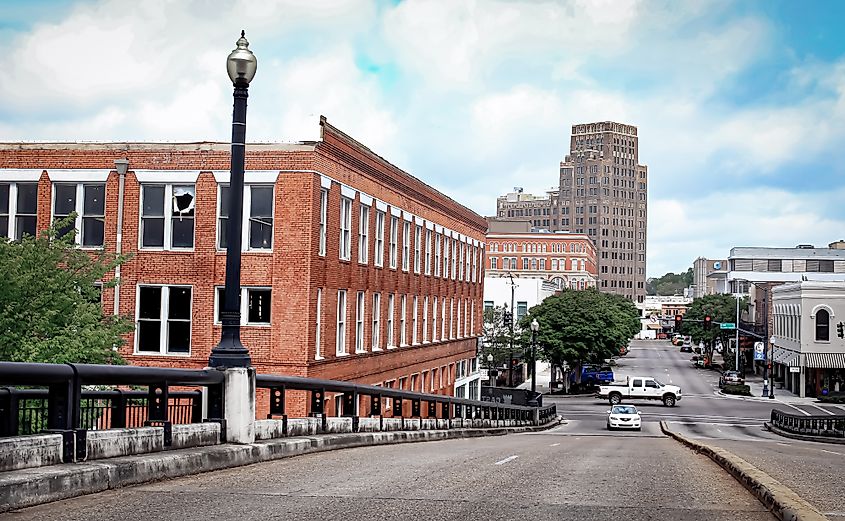
Meridian has an average daily humidity level of 74%, making it one of the most humid cities in America. Its climate is shaped by warm, moist air that travels inland from the Gulf of Mexico. Even though the city sits on gently rolling hills rather than flat coastal marshland, humidity remains high throughout the year. Streams, rivers, and dense vegetation around Meridian help trap moisture, keeping the air damp outside the summer season. This year-round dampness explains why residents often describe the air as “thick” and why air conditioning is necessary daily.
Brownsville, Texas

Brownsville sits at the southern tip of Texas along the Gulf of Mexico and experiences long, hot summers. The average daily humidity level of 76% percent makes the heat even more intense, meaning the air feels heavy and sticky almost daily. Moisture from the Gulf flows inland year-round, keeping mornings especially damp. Brownsville is also in a hurricane-prone zone, which brings extreme weather and sudden spikes in humidity. Even in calmer months, the combination of heat and humidity drives the heat index to dangerous levels.
Port Arthur, Texas
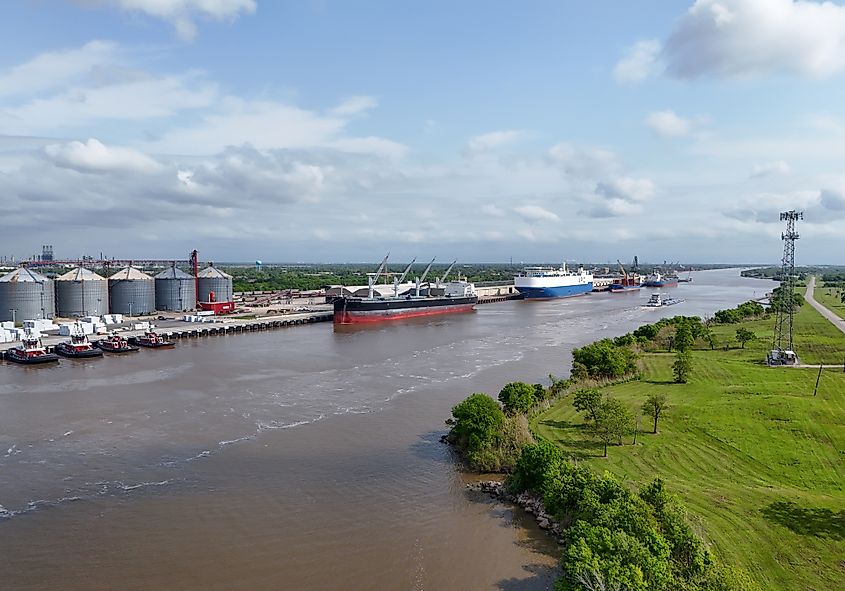
Port Arthur is one of the most humid cities in the United States, with an average daily humidity of 78%. Its location on the Gulf of Mexico keeps the air saturated almost every day of the year. Warm, moist air flows inland from the Gulf and mixes with the low-lying marshes and waterways surrounding the city, creating conditions where the air rarely feels dry. Even when temperatures do not peak, the air feels heavy because of high dew points. Being surrounded by this type of landscape makes the city feel damp year-round.
Victoria, Texas
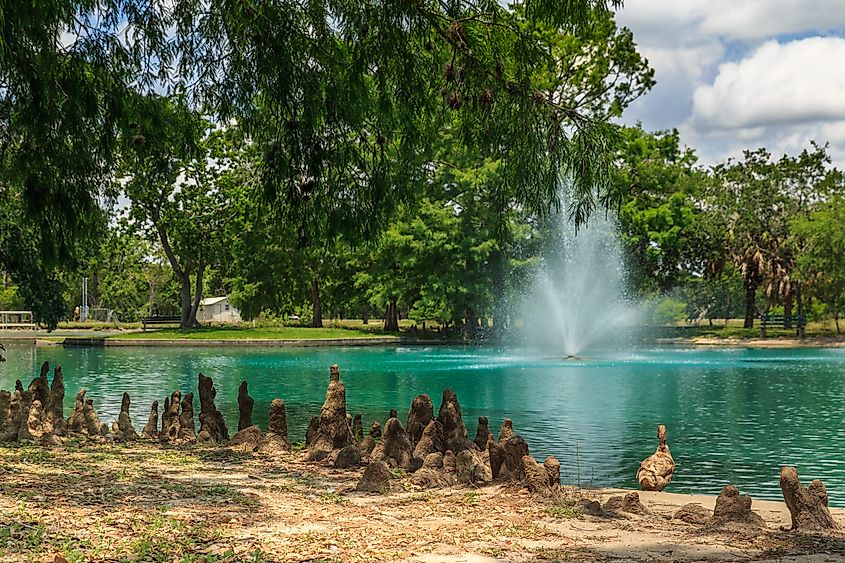
Victoria sits almost halfway between Houston and Corpus Christi, and its location near the Gulf of Mexico makes it one of the most humid cities in the country. Moist air from the Gulf flows throughout the year, keeping daily humidity at an average of 75%. The city’s humid, subtropical climate means hot summers, short mild winters, and frequent thunderstorms that push the air’s moisture even higher. In summer, afternoon temperatures climb into the upper 90s, and when combined with humidity, the heat index can pass 105 degrees Fahrenheit. This makes outdoor activity uncomfortable and even risky during peak hours.
Gainesville, Florida
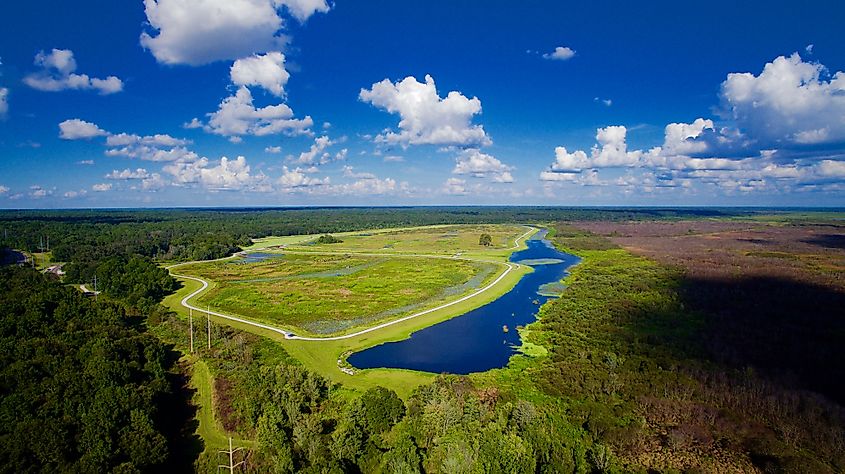
Gainesville is one of the most humid cities in the United States, with an average daily humidity level of 73%. Unlike Florida’s coastal cities, Gainesville sits inland, but the humidity does not let up. The city is surrounded by wetlands, rivers, and freshwater springs that trap moisture in the air. Summer is the most challenging season, when daily thunderstorms are common and the air feels heavy even in the mornings. Humidity levels remain high into the night, so there is little relief after the sun goes down. Residents often describe the summers as muggy, with heat index values that soar well above the actual temperature.
Baton Rouge, Louisiana
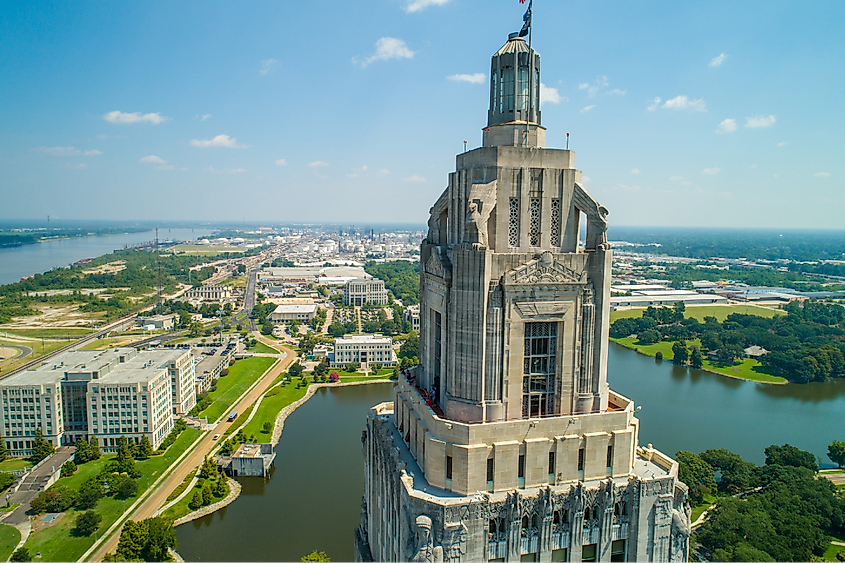
Baton Rouge is another one of the most humid cities in the country, with an average daily humidity level of 74%. Its location on the Mississippi River plays a big role in keeping the air moist throughout the year. Summers are long, hot, and sticky, with frequent afternoon thunderstorms that push humidity levels even higher, often over 88%. The city is also flood-prone, which adds to the damp environment. Water from the river, bayous, and heavy rains often lingers in the air and soil, creating an almost constant sense of moisture. Even in the cooler months, Baton Rouge rarely feels dry.
Corpus Christi, Texas
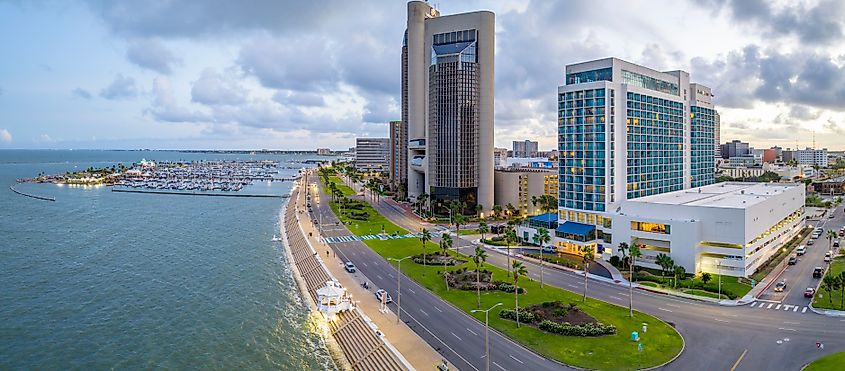
Corpus Christi sits right on the Gulf of Mexico, which explains its year-round humidity. The warm, moist air from the Gulf keeps the city’s daily humidity level around 76% on average. Even when breezes blow in from the water, they bring more moisture than relief. Summers are especially sticky, making the air feel heavy and hot. Residents are used to heat index values that soar well above 90 degrees Fahrenheit. The city’s location also makes it vulnerable to tropical storms and hurricanes.
Houston, Texas
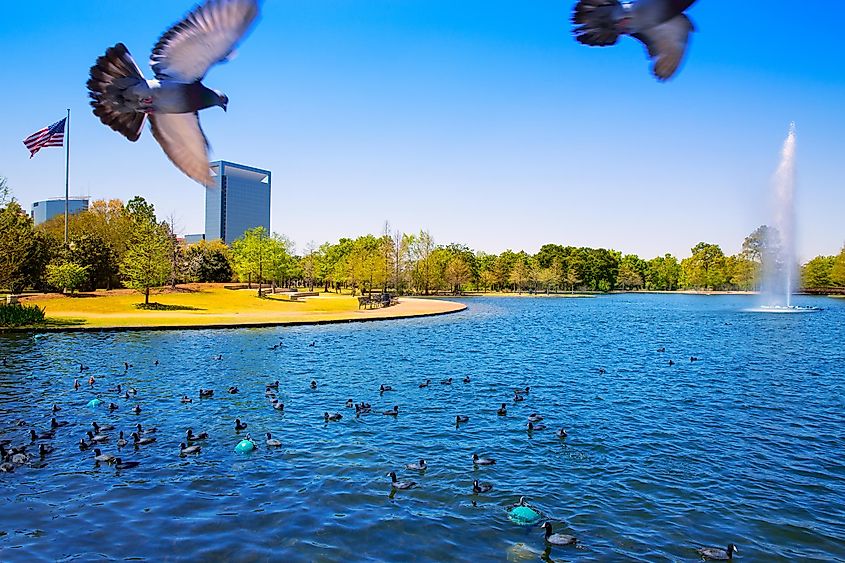
Houston is one of the stickiest cities in the country, with an average daily humidity level of 75%. Its location near the Gulf of Mexico keeps the air loaded with moisture year-round. Add to that a sprawling urban landscape filled with concrete and asphalt that holds onto heat, and you get a city that feels hotter than the actual temperature. Houston’s network of bayous and wetlands adds even more dampness to the air, so mornings often start humid and stay that way through the evening. Afternoon thunderstorms are common, and tropical storms bring bursts of extreme humidity.
Miami, Florida
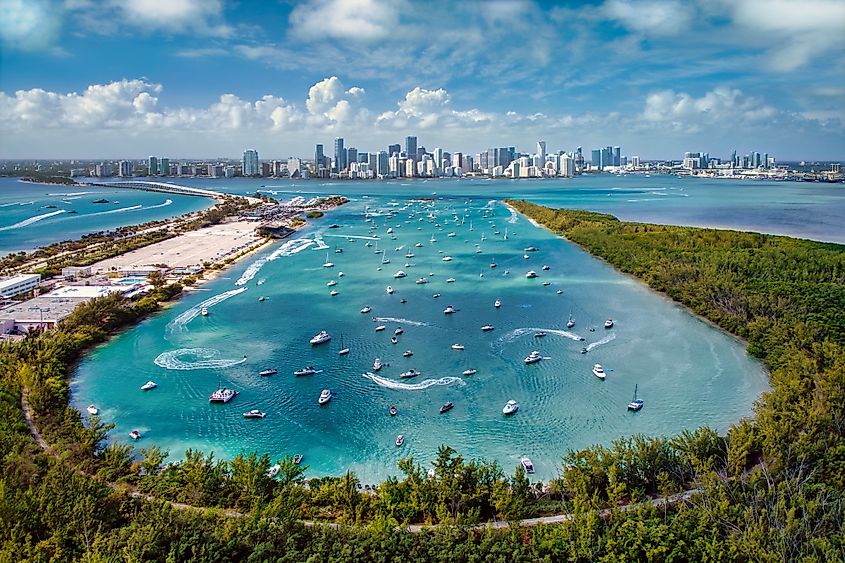
Miami is one of the most humid cities in the United States, with an average daily humidity level of 72%. The city sits between the Atlantic Ocean and Biscayne Bay, so warm sea breezes carry constant moisture inland. The tropical climate adds to the effect, with high temperatures mixing with thick humidity almost daily. Afternoon thunderstorms are a regular part of the weather pattern, quickly raising the moisture in the air. Unlike some places where nights bring relief, Miami stays damp and humid after sunset, leaving little break from the heat.
New Orleans, Louisiana
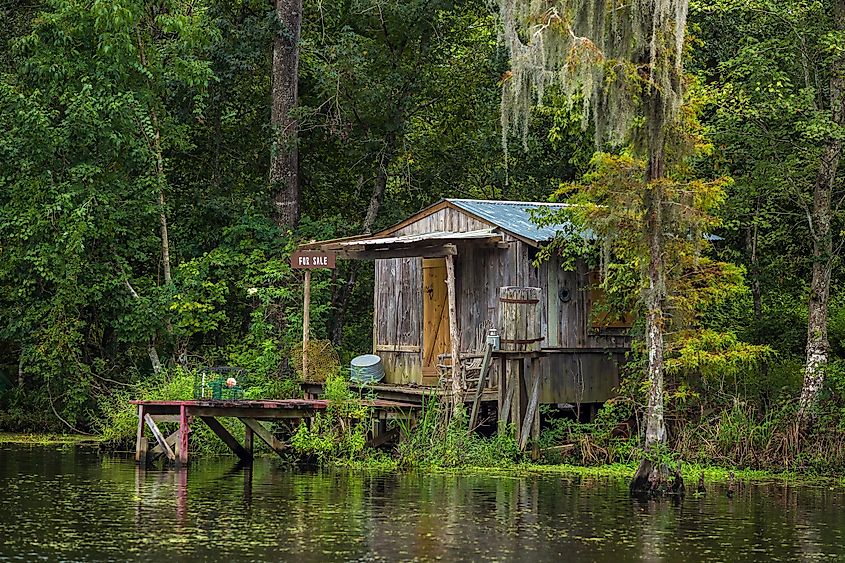
Surrounded by the Mississippi River, Lake Pontchartrain, and the Gulf of Mexico, New Orleans is almost always soaked in moisture. With average daily humidity at 76%, mornings regularly begin with heavy and damp air. Afternoon thunderstorms are common, and tropical systems add even more moisture during hurricane season. The city’s low-lying geography also plays a role by trapping warm, wet air, which makes it difficult for humidity to escape. New Orleans remains humid nearly year-round, unlike places that dry out in cooler months.
Humidity measures the amount of water vapor in the air. High humidity makes the air feel heavy, increases health risks like heat stress, and increases energy use for cooling. It also encourages mold and mildew, creating problems for buildings and homes. These cities show how geography and climate shape daily life. Where heat and water meet, the air seldom feels dry.











